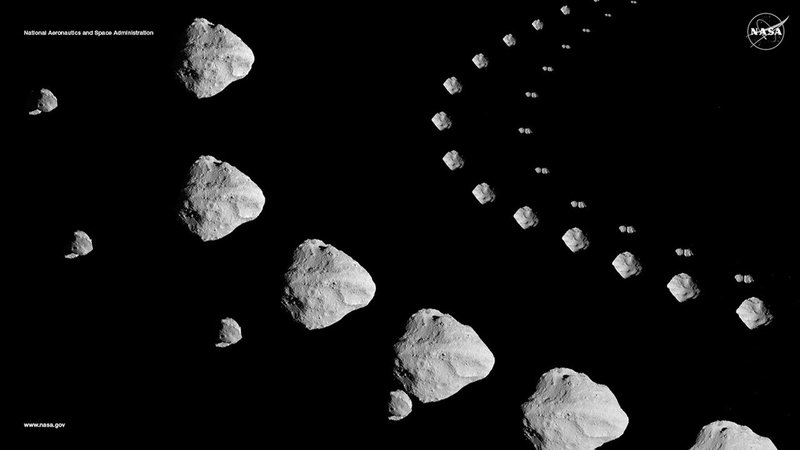There’s something fascinating about how biological concepts can transform the digital world. As someone who’s spent years bridging these domains, I’m excited to guide you through the practical applications of DNA technology in software development. Though I must admit, the intersection of biology and programming still amazes me daily!
DNA computing represents a frontier where molecular biology meets algorithmic thinking. At its core, this technology uses DNA’s natural data storage and processing capabilities to solve computational problems that traditional silicon-based systems struggle with.
Understanding the DNA Computing Paradigm
DNA computing works by encoding information in DNA nucleotide sequences, then using biological processes to manipulate this data. The four nucleotides (A, T, G, C) effectively form a quaternary number system rather than the binary system used in conventional computing.
“I remember being skeptical when I first encountered these concepts,” I often tell my students. “But once you grasp the fundamental parallels between genetic code and programming syntax, everything clicks into place.”

Challenge 1: Data Encoding with DNA Sequences
Let’s start with a basic exercise: encoding simple text messages using DNA base pairs. We’ll build a Python function that converts ASCII characters to their DNA nucleotide representations.
def text_to_dna(text):
# Convert text to binary
binary = ''.join(format(ord(char), '08b') for char in text)
# Map binary pairs to DNA nucleotides
mapping = {'00': 'A', '01': 'C', '10': 'G', '11': 'T'}
dna = ''.join(mapping[binary[i:i+2]] for i in range(0, len(binary), 2))
return dna
# Test our function
message = "Hello DNA"
dna_sequence = text_to_dna(message)
print(f"Original message: {message}")
print(f"DNA sequence: {dna_sequence}")
This simple encoding method demonstrates the foundational principle of DNA computing. I’ve found that hands-on exercises like this help solidify abstract concepts, though I sometimes wonder if I’m making these initial examples too simplified.
Challenge 2: Parallel Processing with DNA Algorithms
What makes DNA computing truly powerful is its inherent parallelism. Unlike traditional computers that process instructions sequentially, DNA molecules can perform millions of operations simultaneously.
For our second challenge, let’s implement a simulation of DNA-based parallel processing to solve the traveling salesman problem:
def dna_tsp_solver(cities, population_size=100, generations=50):
import random
# Generate initial population of random routes
population = [random.sample(range(len(cities)), len(cities))
for _ in range(population_size)]
def fitness(route):
# Calculate total distance of route
distance = sum(calculate_distance(cities[route[i]], cities[route[i+1]])
for i in range(len(route)-1))
distance += calculate_distance(cities[route[-1]], cities[route[0]]) # Return to start
return 1/distance # Higher fitness for shorter routes
# Simulate DNA-based evolution
for gen in range(generations):
# Select, crossover, and mutate as in genetic algorithms
# ...implementation details...
best_route = max(population, key=fitness)
return best_route
While this simulation doesn’t literally use DNA molecules, it models how DNA computing approaches optimization problems through massive parallelism.
Challenge 3: Implementing DNA Storage Systems
Our final challenge tackles one of the most promising applications: data storage. DNA can theoretically store 215 petabytes of data in a single gram of material, with exceptional longevity.
Design a system that simulates storing and retrieving digital files using DNA encoding techniques. Consider error correction, redundancy, and retrieval mechanisms.

Key implementation considerations include:
– Reed-Solomon error correction coding to handle DNA sequencing errors
– Redundant storage with multiple copies of critical data
– Indexing systems to locate specific data within DNA pools
– Compression algorithms optimized for quaternary coding
“I’ve found this challenge particularly intriguing,” I often note, “because it forces us to reconsider fundamental assumptions about data persistence and retrieval.”
The future of DNA technology in software development extends far beyond these exercises. From quantum-inspired algorithms to bio-digital interfaces, the possibilities continue to expand. As you progress through these challenges, you’ll develop not just technical skills but a new perspective on computation itself.
I hope these progressive exercises help illuminate the fascinating potential of DNA technology in software. While I’ve tried to present a comprehensive introduction, I recognize there’s so much more to explore in this rapidly evolving field.



